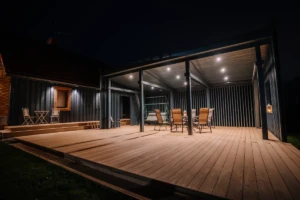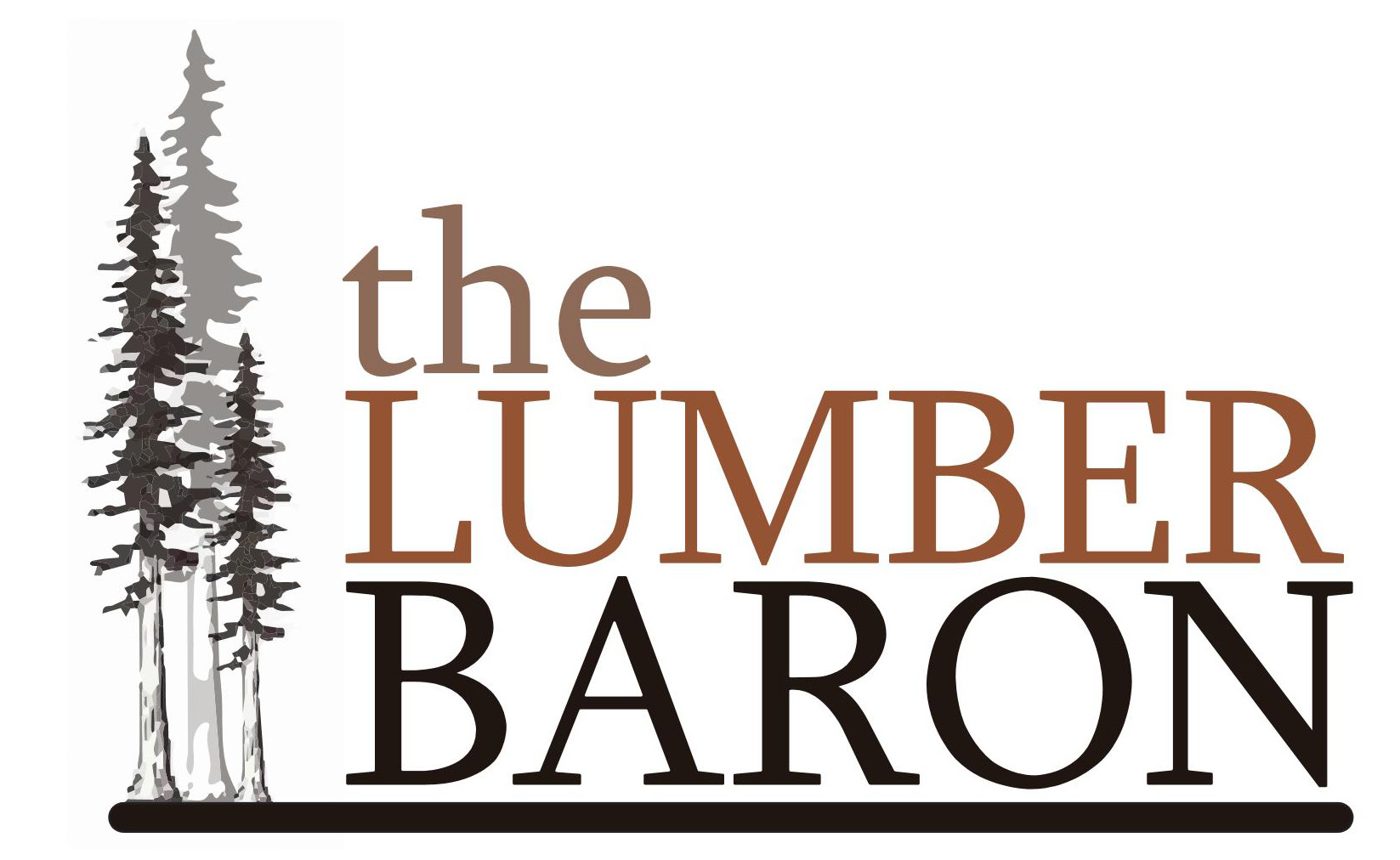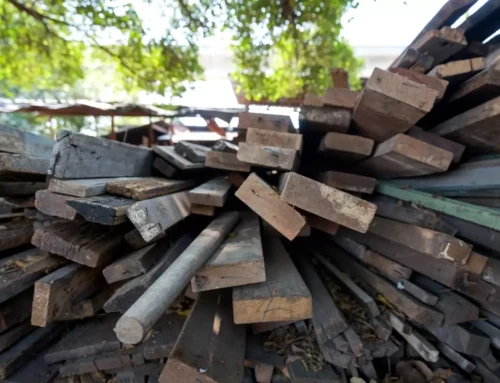TL;DR: Choosing between redwood decking and composite materials comes down to long-term value, maintenance, and sustainability. This cost analysis breaks down how redwood for decking offers lasting beauty and performance that often outshines synthetic alternatives.
- Compare redwood decking prices vs. composite’s higher upfront costs.
- Learn why redwood deck lumber is durable, easy to work, and naturally resistant to decay.
- See how proper maintenance can extend the lifespan of redwood decks beyond 30 years.
- Understand how California redwood is an eco-friendly, renewable building material.
- Discover why redwood boards age gracefully and increase property value over time.
When building a new deck, most homeowners end up comparing redwood decking with composite materials. Both have their advantages, but when you look at the true long-term costs—installation, maintenance, longevity, and resale value—redwood often stands out as the smarter investment.
If you’re deciding between natural redwood for decking and synthetic composite boards, this guide breaks down everything you need to know to make an informed choice.
The Appeal of Redwood Decking
Few materials capture the warmth and timeless beauty of California redwood. Long valued for its natural resistance to decay and insects, redwood is a renewable building material that’s been trusted for generations in decks, fences, and outdoor structures.
Why Builders Love Redwood
- Easy to work: Redwood is lightweight and soft enough to cut, shape, and fasten with standard tools, saving time during installation.
- Naturally durable: The heartwood of redwood contains tannins that resist rot and moisture, allowing decks to last decades with minimal upkeep.
- Beautiful grain and color: The rich reddish hue deepens over time, giving redwood decks a luxurious look that no composite can replicate.
- Sustainable sourcing: Modern redwood boards are harvested from responsibly managed forests, making them a genuinely green choice.
Understanding Redwood Deck Lumber Prices
When comparing costs, it’s important to start with redwood deck lumber prices at purchase. While prices fluctuate with market conditions and wood grade, quality redwood decking prices generally range from $5–$9 per linear foot for standard-grade lumber, and higher for clear-heart or premium grades.
The grade you choose impacts both cost and performance:
- Construction Common: Affordable and sturdy, ideal for framing or utility decks.
- Select Heart or Clear Heart: Contains mostly heartwood for maximum longevity.
- Con Heart: Slightly more knots but still durable and visually appealing.
Keep in mind that redwood deck lumber lasts significantly longer than many other natural decking materials, giving you more years of value for your initial investment.
The Case for Composite Decking
Composite decking, made from recycled plastics and wood fibers, has surged in popularity due to its advertised low maintenance. Many homeowners are drawn to its promise of no sanding, staining, or sealing.
Pros of Composite
- Low routine maintenance: Occasional cleaning with soap and water is usually enough.
- Uniform color and texture: Boards come in a variety of consistent colors and finishes.
- No splinters or warping: Composite won’t crack or splinter like natural wood decking can.
However, while composite might seem like the more cost-effective choice at first glance, the long-term numbers tell a different story.

True Cost Over Time: Redwood vs Composite
To understand the full picture, you need to look beyond upfront pricing and consider installation, maintenance, repairs, and overall lifespan.
Initial Cost Comparison
|
Material |
Average Cost per Sq. Ft. (Materials Only) |
Estimated Installation Cost |
|
Redwood |
$15–$25 |
$10–$15 |
|
Composite |
$20–$35 |
$15–$20 |
Composite decking often costs 30–50% more upfront than redwood, both in materials and labor. Redwood’s easy-to-work nature keeps installation costs lower, as it requires fewer specialized tools or hidden fastener systems.
Maintenance Costs
Redwood requires periodic sealing or staining every few years, depending on exposure. These maintenance costs typically total $1–$2 per square foot annually, far less than most homeowners expect.
Composite decking, while marketed as “maintenance-free,” often requires deep cleaning to remove mold or discoloration, and many products fade over time, prompting costly resurfacing or replacement.
Repair and Replacement
When a composite board cracks or delaminates, you can’t refinish it—you have to replace it. With redwood boards, light sanding and refinishing bring your deck back to life. Over a 20-year period, the ability to repair rather than replace adds up to significant savings.
Lifespan and Value
A properly maintained redwood deck can last 25–30 years, sometimes longer in milder climates. Premium-grade redwood with mostly heartwood may exceed 40 years of service.
High-quality composites typically last 20–25 years, but they often lose their original color or texture within the first decade. Redwood, on the other hand, ages gracefully, taking on a silver patina if left unfinished or retaining its warm tone when sealed.
Beyond durability, redwood decking offers superior resale appeal. Homebuyers often prefer the look and feel of natural wood decking—and are willing to pay more for it.
Environmental Impact
For eco-conscious builders, the choice is clear. California redwood is a renewable, biodegradable resource grown under strict environmental regulations. Many redwood forests are managed for continuous yield, meaning harvested areas are replanted and protected for future generations.
Composite decking, by contrast, relies heavily on petroleum-based plastics. While some brands use recycled content, the material itself is not biodegradable and can be difficult to dispose of at the end of its life.
Choosing redwood for decking supports local forestry, reduces your carbon footprint, and gives new life to one of California’s most iconic natural resources.
Design Flexibility
Because redwood is easy to work, it gives you unmatched freedom during design and installation. Whether you’re crafting curved edges, intricate railings, or custom inlays, redwood deck lumber is adaptable and forgiving.
Composite boards, while versatile, have limitations—especially when it comes to cutting, bending, or refinishing. Many contractors prefer redwood because it’s lighter, easier to fasten, and offers natural variations that bring outdoor spaces to life.
Maintenance Tips to Maximize Redwood’s Longevity
To get the most from your investment, follow these simple care guidelines:
- Seal or stain every 2–3 years to maintain rich color and moisture resistance.
- Clean regularly using a mild wood cleaner and brush to prevent dirt buildup.
- Inspect annually for loose fasteners or boards, and tighten or sand as needed.
- Use proper ventilation under deck boards to promote airflow and prevent trapped moisture.
These small steps preserve the beauty and structural integrity of your redwood decking for decades, ensuring you get exceptional long-term value.
The Bottom Line: Cost vs Value
When you calculate the true long-term cost of ownership, redwood decking remains one of the most cost-effective and sustainable choices available. While composite materials may offer convenience, they often come at a higher price—both financially and environmentally.
Here’s how it breaks down:
- Lower initial cost: Redwood deck lumber prices remain competitive compared to high-end composite options.
- Easy installation: Redwood is lightweight, easy to work, and requires fewer specialized tools.
- Longer lifespan: Properly maintained redwood boards can outlast many composites.
- Timeless beauty: The natural warmth and texture of wood decking enhance any outdoor space.
- Eco-friendly choice: Renewable, recyclable, and sourced responsibly in California.
At the end of the day, investing in redwood for decking means investing in quality, craftsmanship, and sustainability—values that never go out of style.
Discover Premium Redwood Deck Lumber at The Lumber Baron
At The Lumber Baron, we’ve been supplying high-quality redwood deck lumber for decades. Our boards are hand-graded, sustainably sourced, and available in a wide range of dimensions and grades to fit your project needs.
Whether you’re building a new deck or replacing composite with natural wood decking, we can help you find the perfect match at competitive redwood decking prices. Visit our Richmond showroom to explore our full line of decking materials and experience why redwood remains California’s preferred outdoor building material.
Call us today if you need real good wood for your next project!






